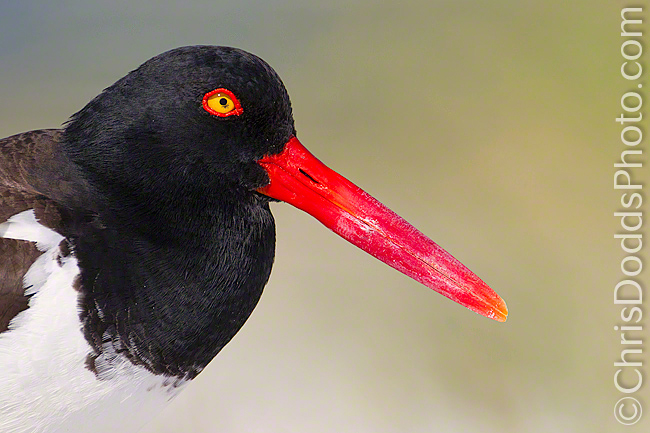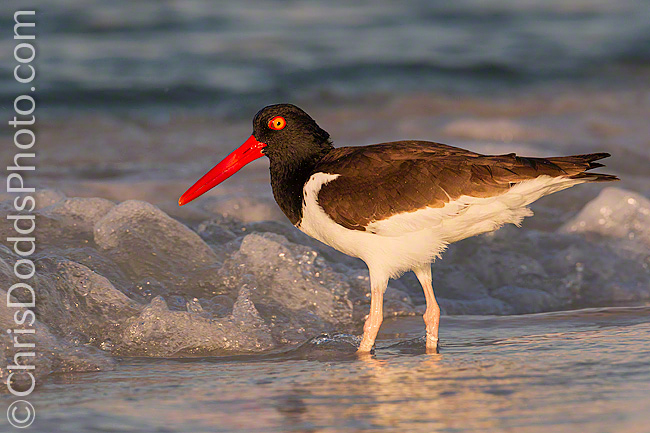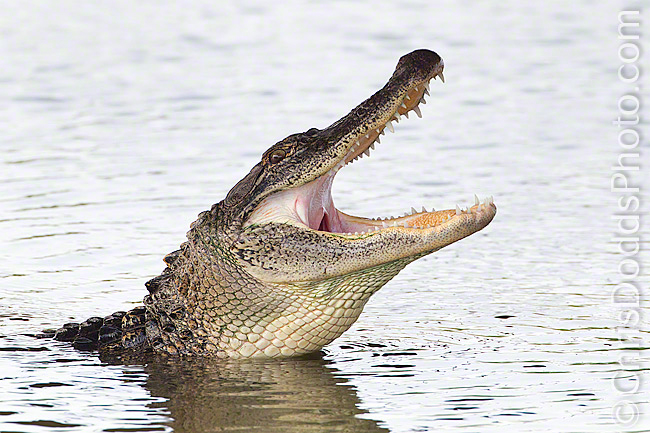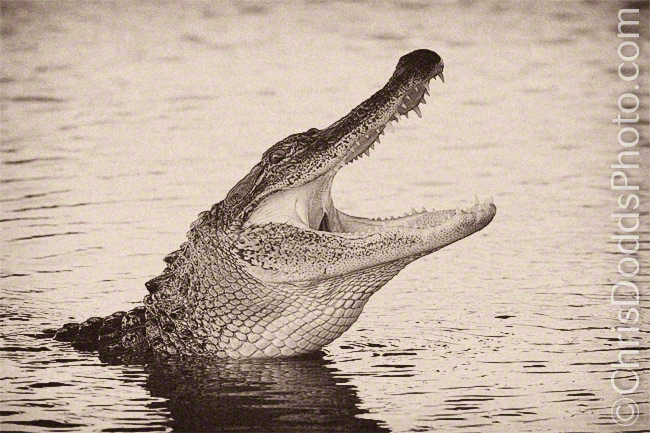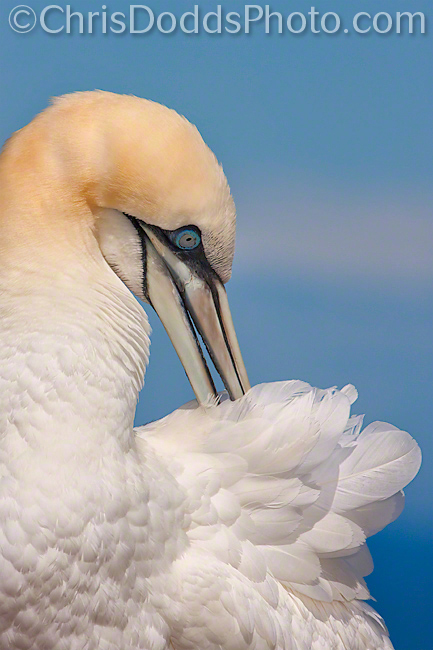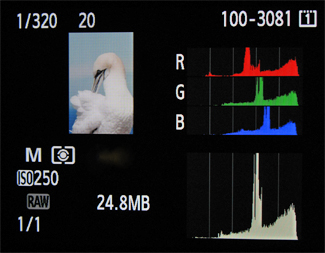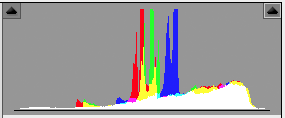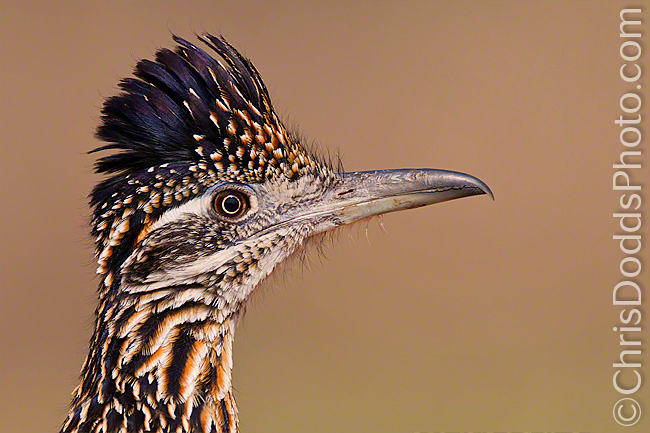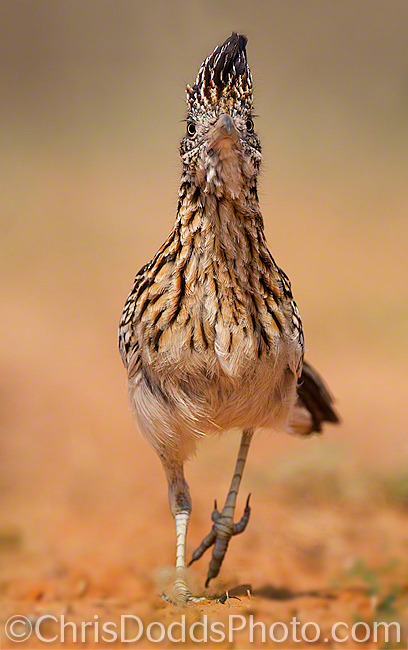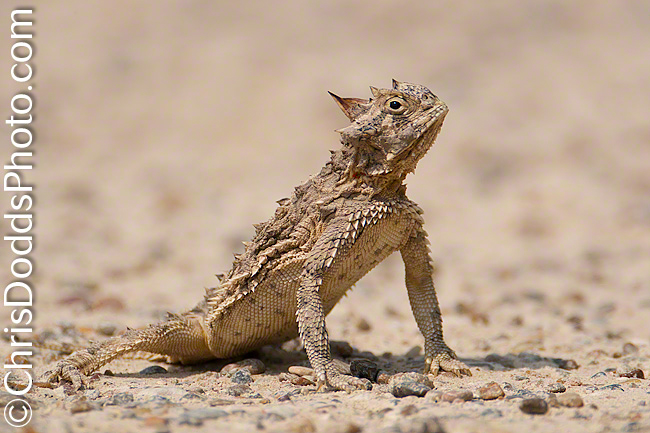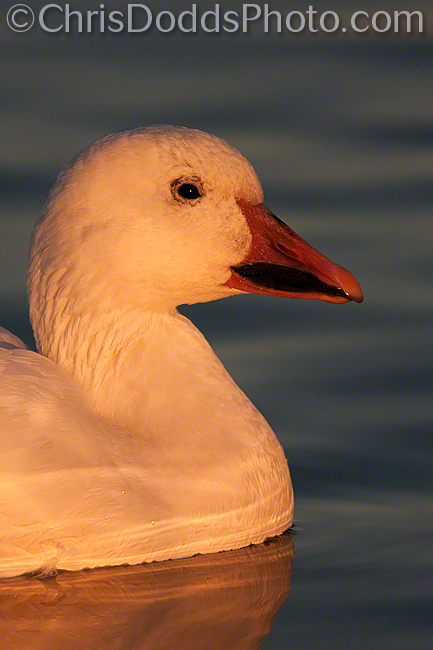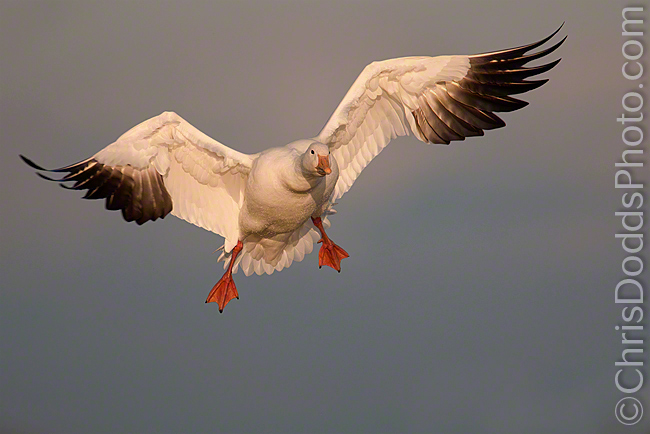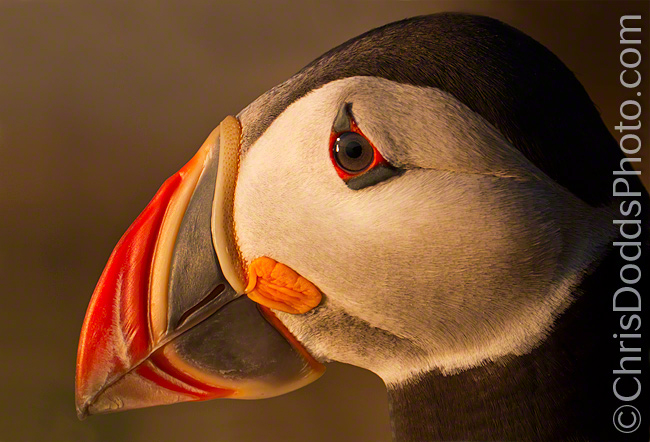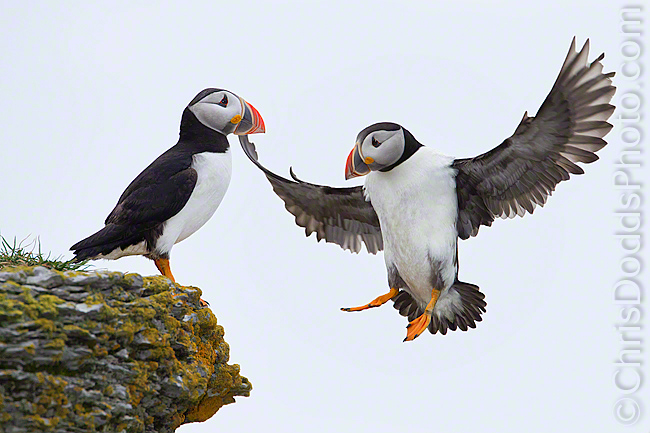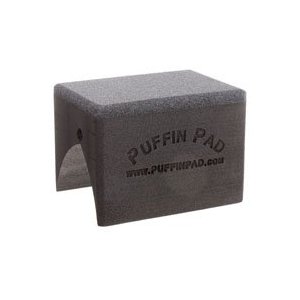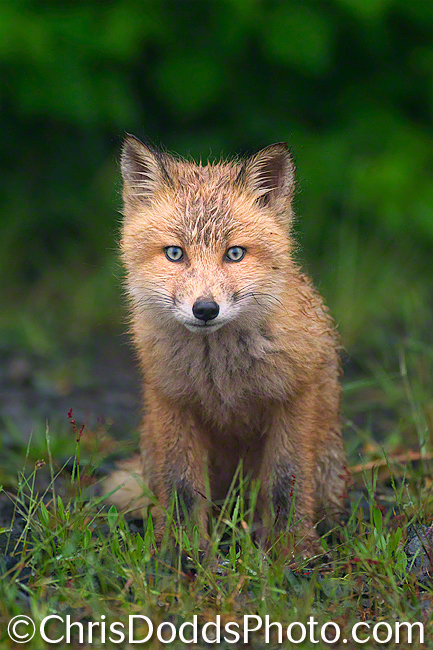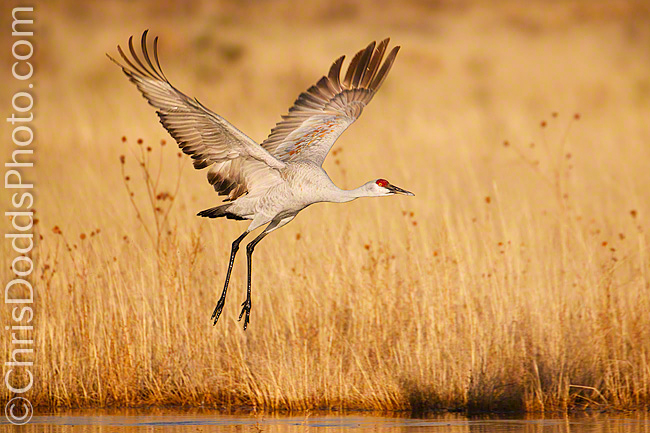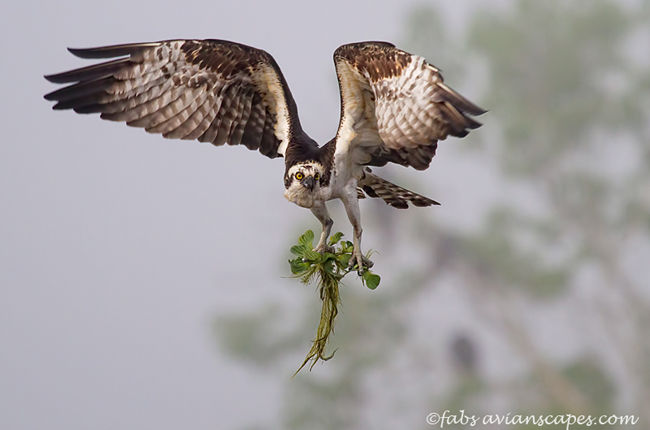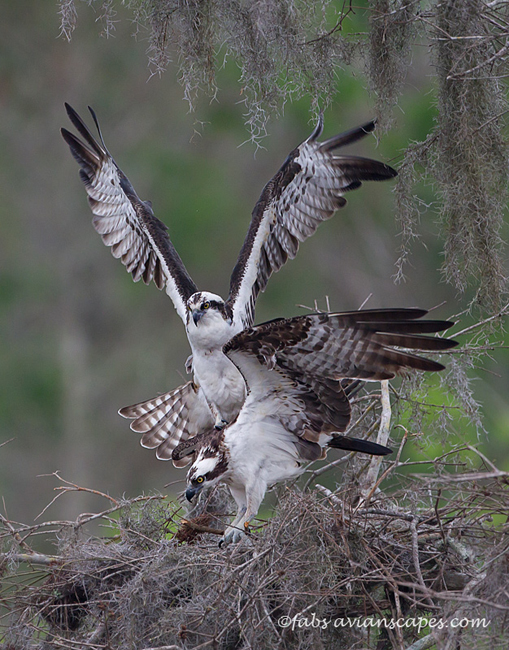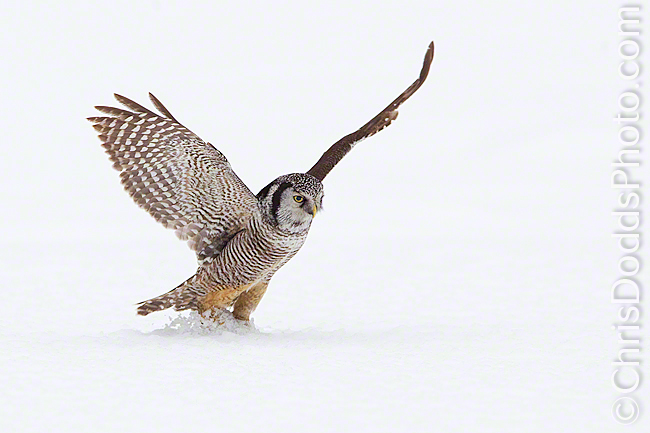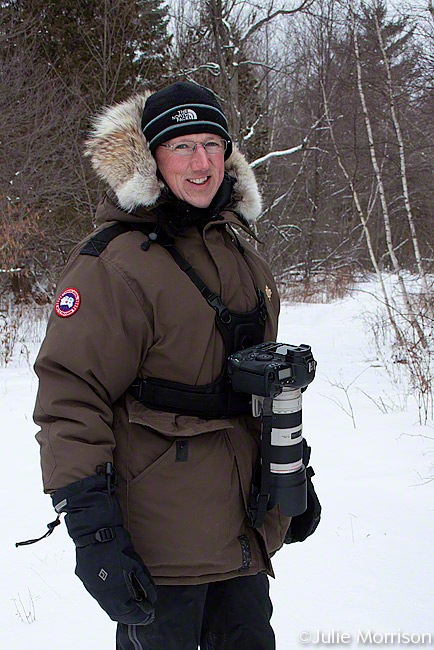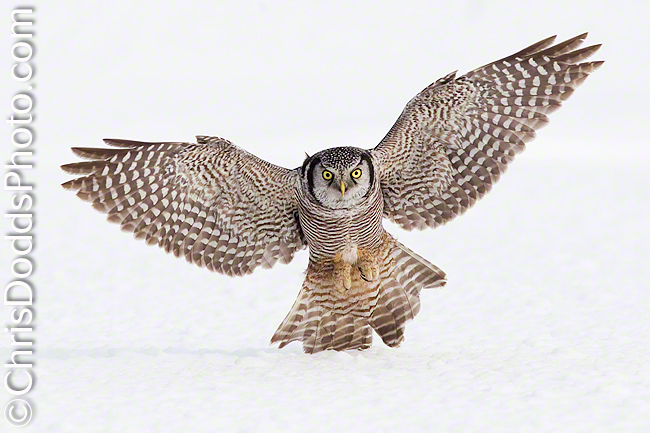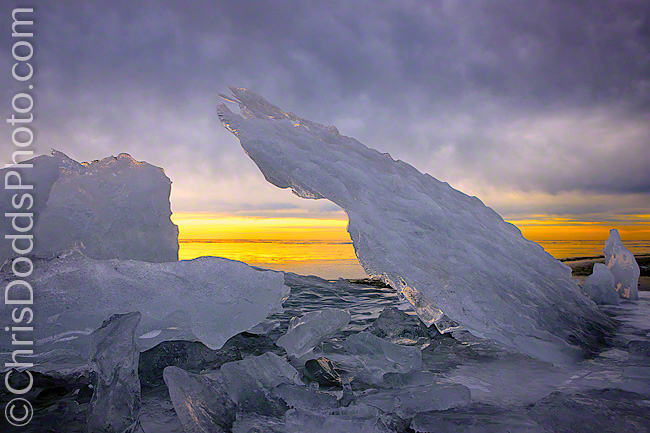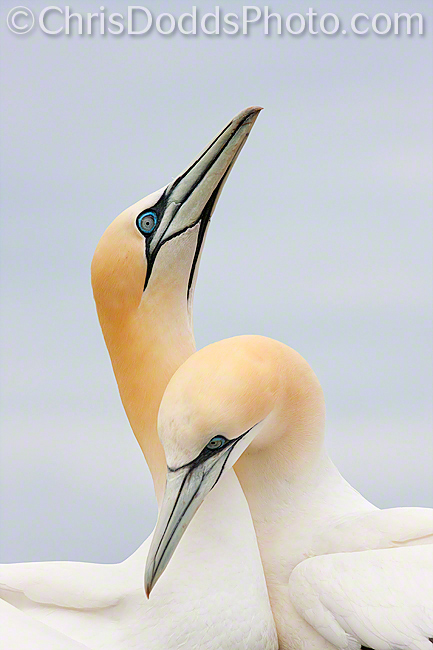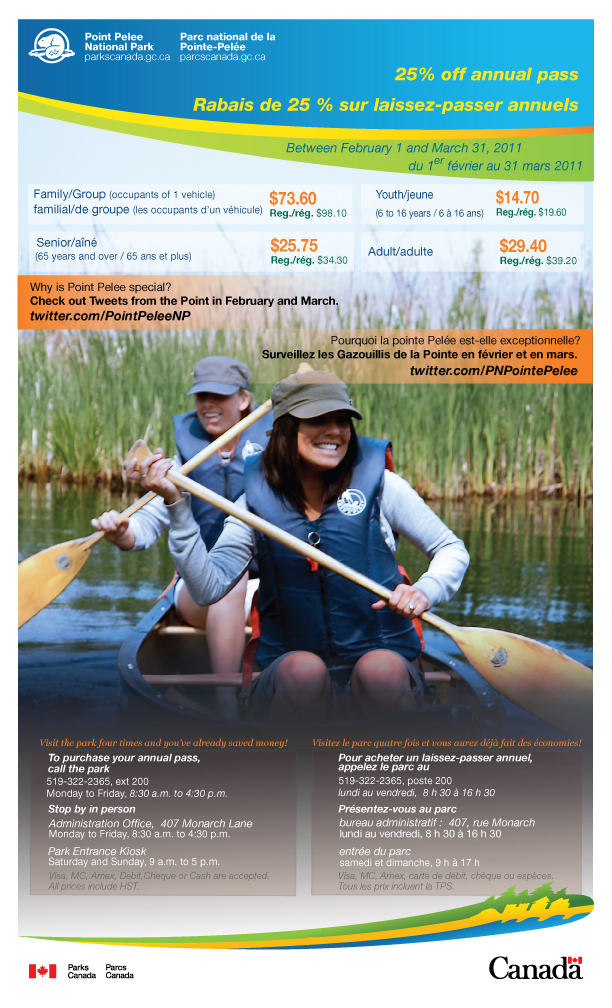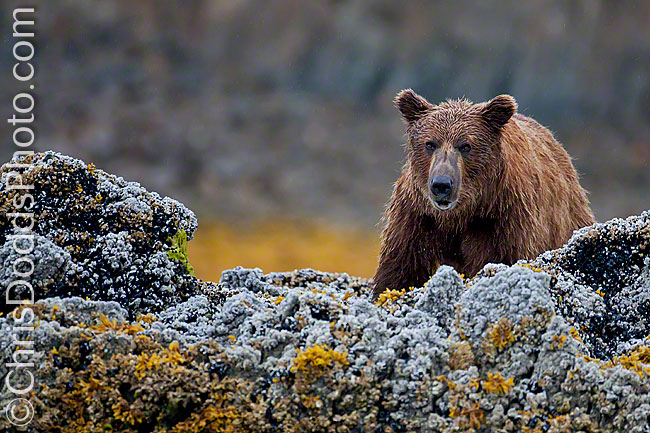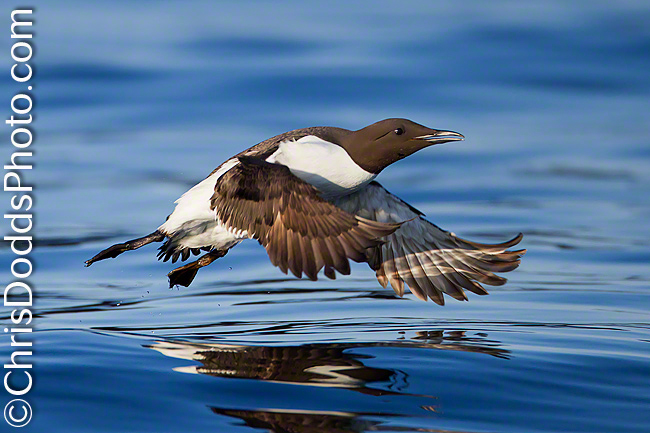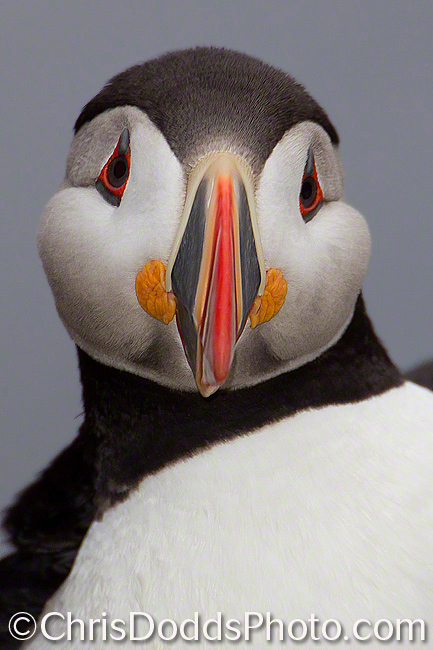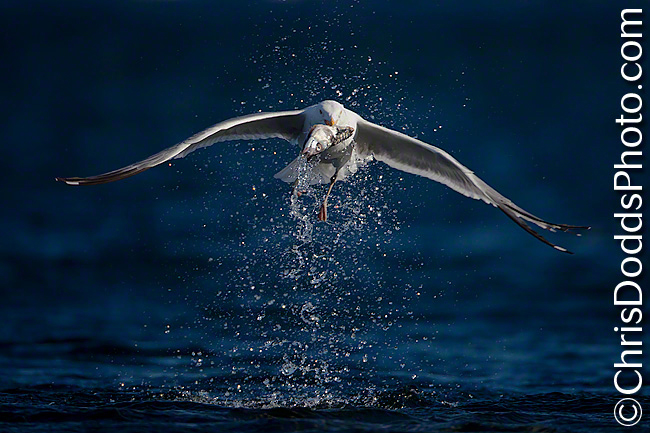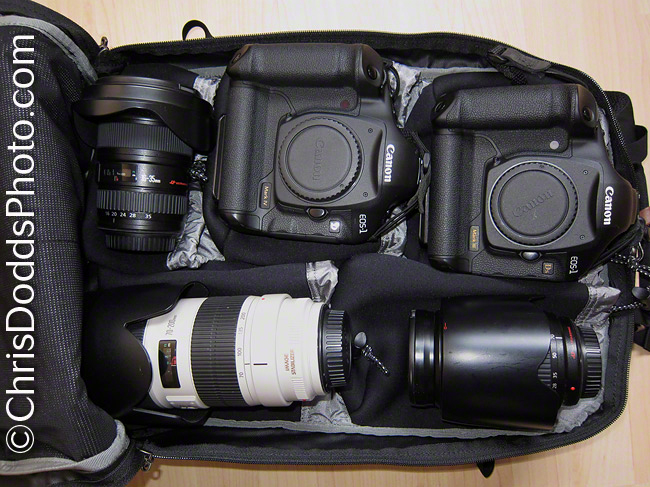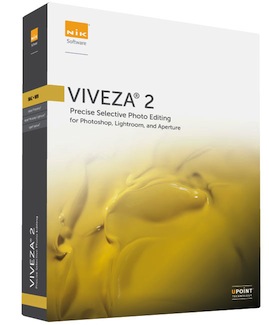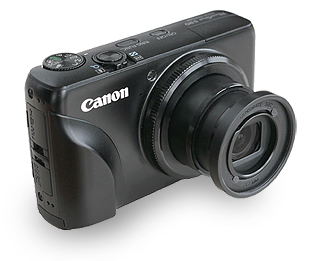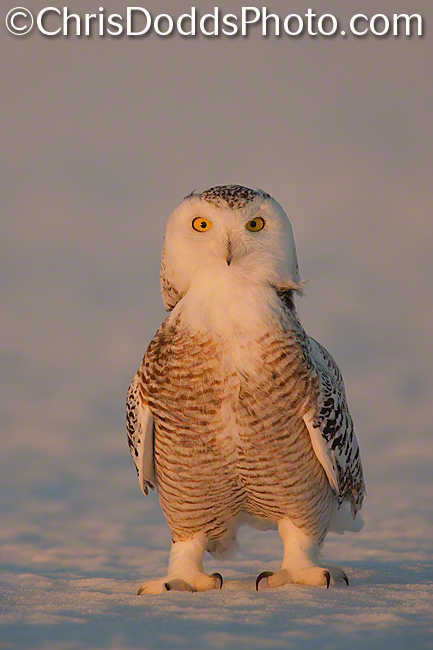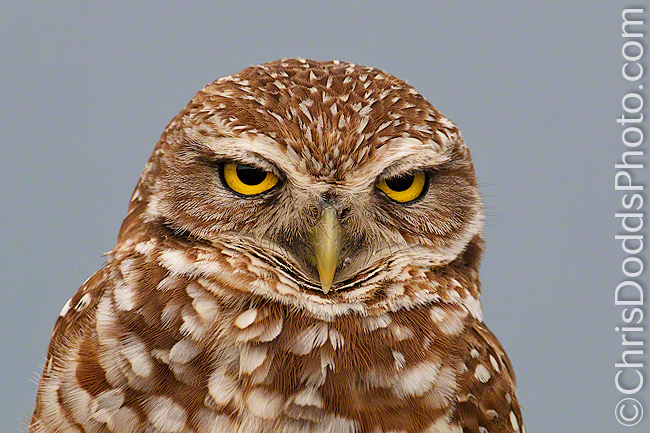 Burrowing Owl PORTRAIT (Athene cunicularia, Chevêche des terriers, BUOW) Cape Coral, Florida. Image Copyright ©Christopher Dodds All Rights Reserved. Canon 1D MK IV, 500mm F4 L IS, 2X Teleconverter III & Canon 25mm Extension Tube. Jobu Jr. 3 & tripod. ISO 400, F11 @1/320s Manual mode. CLICK HERE TO PURCHASE A PRINT or LICENSE IMAGE FOR PUBLICATION
Burrowing Owl PORTRAIT (Athene cunicularia, Chevêche des terriers, BUOW) Cape Coral, Florida. Image Copyright ©Christopher Dodds All Rights Reserved. Canon 1D MK IV, 500mm F4 L IS, 2X Teleconverter III & Canon 25mm Extension Tube. Jobu Jr. 3 & tripod. ISO 400, F11 @1/320s Manual mode. CLICK HERE TO PURCHASE A PRINT or LICENSE IMAGE FOR PUBLICATION
HALF is TWICE as good!
I was sitting here, in front of my computer, thinking of concepts to help remind people how to make better images, when it suddenly dawned on me: HALF is TWICE as good! Well, it’s no brilliant marketing slogan, but as a concept, I think it works.
Take half the pictures, but spend twice the time composing each one; your images will, most likely, be twice as good. It's a simple principle; make the image, instead of taking the picture.
Take half the number of trips, and spend twice as much time photographing in each place; sounds simple enough, right? But imagine how much more you will learn about the place, the culture, your subject and it’s behavior. If you are shooting landscapes, you will learn about the weather, the light and how the light interacts with the scene. If you are shooting wildlife, then you will develop an intimate knowledge of your subject, it’s behavior and it’s habits. Guess what? You will probably make images that are; you guessed it, twice as good!
Keep half the pictures and those you keep will be twice as good? Well, I’m not certain that this one is true, but I am always telling people to edit, edit, edit! People tend to take so many pictures these days, and I cringe every time someone wants to show me pictures from a trip, birthday or event; they want me to sit there and see all of them! For crying out loud people: keep the best and trash the rest!
My new LOVE: Meet JR.

I confess: I’ve been using the Jobu JR. 3 Compact Gimbal Head since April, and although I got one to reduce space and weight while travelling on aircraft, I haven’t been able to use anything else since! As you all know, I have owned, and used, a Wimberley gimbal head forever. I have tried many other makes and models of gimbal head that are smaller and lighter, but never found anything that I could even settle for. The Jobu Jr. 3 was designed for smaller lenses like the 70-200mm f/2.8, 300mm f/2.8, 100-400mm and 400mm DO, etc., but I have been using mine exclusively since I left for Texas in early April; It works remarkably well with my 500mm F4 IS L, even when working with the 1.4 or 2X extenders! The level of customer service, after sale support and engineering expertise from Jobu is unmatched in the industry today!
At HALF the size and less than HALF the weight of the Wimberley Head II (23 ounces or .65 kilograms VS. 60 ounces or 1.4 kilograms), the Jobu Jr. 3 has become my main tripod head!
I have also developed a love for their one piece flash bracket, so be sure to check that out as well.
I'm thrilled to announce that I am an official distributor of the Jobu line, and have forged a terric partnership with them. Jobu heads, flash brackets and assorted items will be available for you to test-drive and purchase on all of my Canadian workshops, presentations and lectures.
Workshop updates & FREE JOBU JR.3!:
This is a tough business, I have had a few people cancel at the last minute due to illness recently, leaving some new openings is what were full workshops.
Gannets Galore on Bonaventure Island June 15-17, 2011 - 2 spots due to illness.
Puffins Galore July 1 to 3, 2011 - 2 spots due to illness.
Puffins Galore July 5-7, 2011 - 1 spot due to illness

 The Otterbox iPad 2 Defender Case
The Otterbox iPad 2 Defender Case is simply the most well designed, and well built protection for your iPad II. This case is made of an inner polycarbonate shell, covered with a shock absorbing layer of silicone. The silicone outer layer makes it easy to hang-on to, and helps prevent it from slipping out of your grip. The included, self-adhering clear film to protect the surface of the screen is far superior to, and much more appealing than most third party screen protectors. The Otterbox iPad 2 Defender Case
includes a polycarbonate snap-on face-plate to protect the screen when not in use, which doubles as a stand that can hold the iPad II at two different viewing angles.
is bigger and heavier than most sleek designer cases, but it does protect the device like no other! A must have for anyone venturing out in the field with their iPad II (or anyone at home who has ever accidentally dropped a device - smile).


